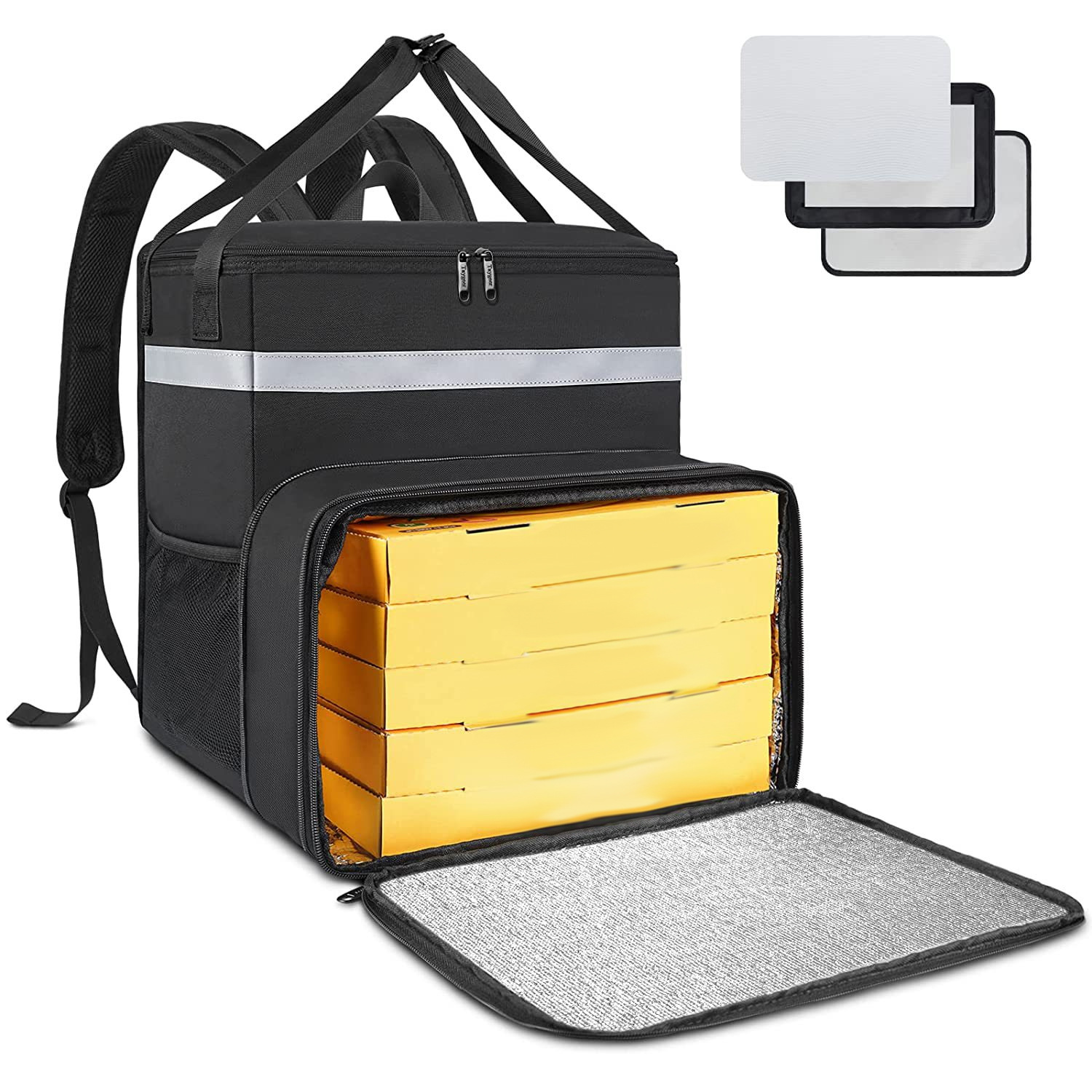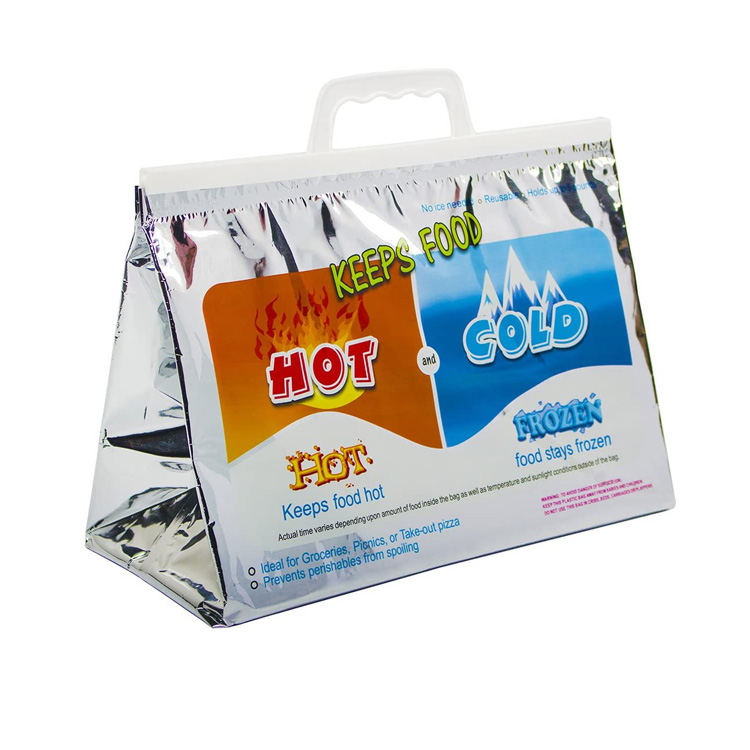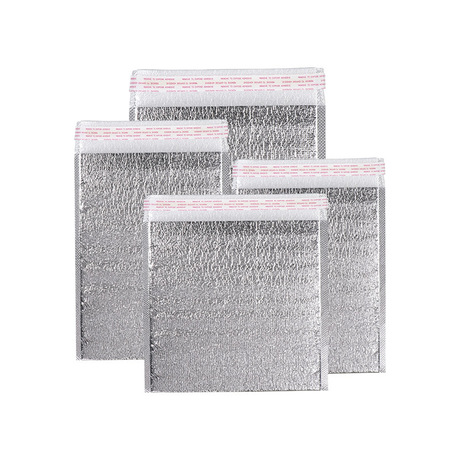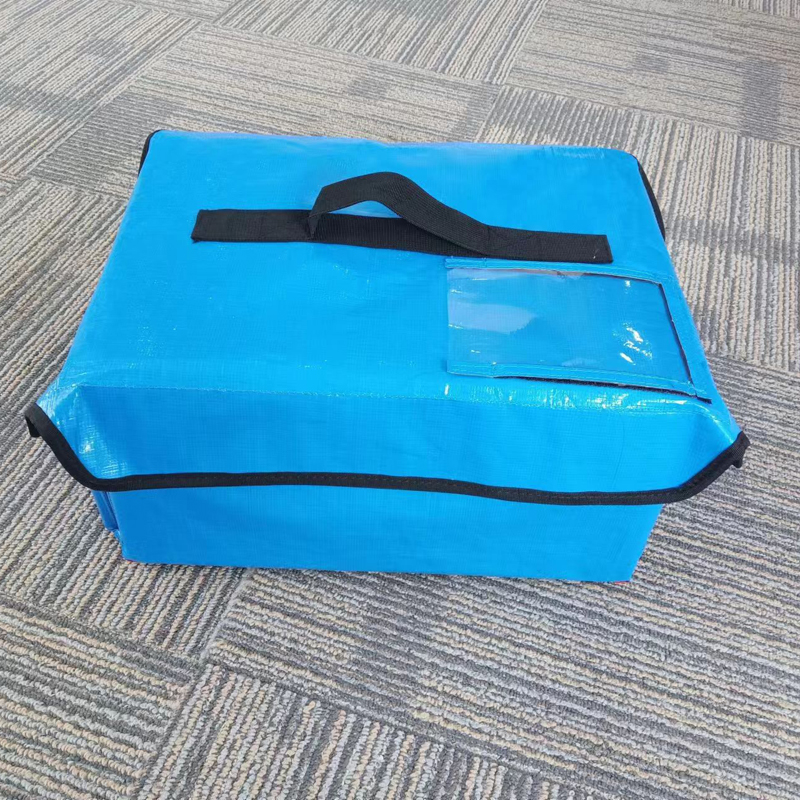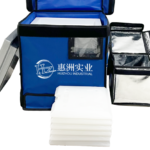1. Definition of Ambient Temperature
Ambient temperature is the temperature of the air in the surrounding environment, serving as a fundamental physical quantity that describes the state of thermal energy. It is typically expressed in degrees Celsius (درجة مئوية) or Fahrenheit (°F). Ambient temperature impacts not only climate and weather but also biological processes, chemical reactions, mechanical operations, وأكثر.
2. Measurement of Ambient Temperature
There are several methods to measure ambient temperature:
- Liquid Thermometers:
- Mercury Thermometers: Utilize the thermal expansion properties of mercury to measure temperature.
- Alcohol Thermometers: Use alcohol’s thermal expansion, suitable for low-temperature measurements.
- Electronic Thermometers:
- Thermistors: Measure temperature based on the resistance changes in materials as the temperature varies.
- Thermocouples: Consist of two different metals that generate a voltage based on the temperature difference, used to measure temperature.
- Infrared Thermometers:
- Infrared Technology: Measures temperature based on infrared radiation without the need for contact with the object’s surface.
3. Factors Influencing Ambient Temperature
Several factors affect ambient temperature, مشتمل:
- Solar Radiation: The sun is the primary heat source for Earth, with solar radiation intensity directly influencing surface temperatures.
- Topography: Features such as mountains, plains, and rivers can affect local temperature distribution.
- Bodies of Water: Large bodies of water like oceans and lakes help moderate temperature changes, leading to more stable temperatures in nearby areas.
- Airflow and Wind Speed: Air movement and wind speed can accelerate heat transfer, affecting the temperature in specific regions.
- Vegetation: Plants release moisture through transpiration, influencing ambient humidity and temperature.
- Human Activities: Urbanization, industrial emissions, and transportation can affect ambient temperature, contributing to the “heat island effect.”
4. Applications of Ambient Temperature
Ambient temperature plays a vital role in various fields:
- Meteorology: It is a key indicator in describing climate and weather conditions.
- Architecture and Engineering: Environmental temperature is considered in building design and construction to ensure structural safety and comfort.
- Agriculture: Crop growth, pest control, and other agricultural activities are closely linked to ambient temperature.
- Healthcare: Ambient temperature significantly impacts human health, especially under extreme weather conditions.
- Industrial Production: Many industrial processes require strict temperature control, such as in chemical production and food processing.
- لوجستيات السلسلة الباردة: في لوجستيات السلسلة الباردة, ambient temperature is a crucial factor affecting the freshness and safety of transported goods.
5. Importance of Ambient Temperature in Cold Chain Packaging
Cold chain temperature-controlled packaging aims to maintain the appropriate temperature of products during transportation and storage, منع تدهور الجودة بسبب تقلبات درجة الحرارة. Ambient temperature plays a key role in this process, as highlighted below:
- Impact of Temperature Fluctuations on Products:
- Food: Products like fresh produce, dairy, and frozen foods are highly sensitive to temperature changes, which can lead to spoilage, decay, or loss of nutritional value.
- Pharmaceuticals: Many medications, such as vaccines and biologics, must be stored within a strict temperature range. Temperature fluctuations can affect their stability and efficacy.
- Chemicals: Some chemicals may undergo reactions due to temperature changes, leading to product failure or safety hazards.
- Challenges in Temperature Management During Transport:
- Long-Distance Shipping: Ambient temperature can vary significantly during long-distance transportation, especially across different regions.
- Extreme Weather: Extreme weather conditions, such as heat waves or cold snaps, place higher demands on temperature control in cold chain logistics.
- Transportation Modes: Different transportation methods (e.g., trucks, ships, airplanes) perform differently under varying ambient temperatures, requiring specific temperature control measures.
6. Importance of Managing Ambient Temperature
- Ensuring Product Quality:
- Temperature-Controlled Packaging: Use efficient temperature-controlled materials and equipment to keep products within the specified temperature range throughout transport.
- Real-Time Monitoring: Employ temperature loggers and other devices to monitor temperature changes in real-time, allowing for prompt action to address fluctuations.
- Reducing Loss and Waste:
- Lowering Return Rates: Effective temperature control can reduce product returns due to non-compliance with temperature requirements, minimizing business losses.
- Extending Shelf Life: Maintaining optimal temperature conditions prolongs product shelf life, reducing waste.
- Enhancing Customer Satisfaction:
- Ensuring Delivery Quality: Ensuring that customers receive high-quality products builds trust and satisfaction.
- Boosting Brand Image: Efficient temperature management demonstrates a company’s commitment to product quality and customer service, enhancing brand reputation.
7. Measures for Managing Ambient Temperature
- Selecting Appropriate Packaging Materials:
- Insulating Materials: EPS (expanded polystyrene), إي بي بي (expanded polypropylene), and VIP (vacuum insulation panels) offer excellent thermal insulation, effectively reducing heat transfer.
- Cooling Packs: Gel packs, saltwater packs, and organic phase change materials can be selected based on the product’s temperature requirements.
- Optimizing Packaging Design:
- Layered Design: Multi-layer packaging designs can enhance insulation effectiveness.
- Shock and Moisture Protection: Incorporate shock-absorbing and moisture-resistant materials inside the packaging to protect products from physical damage and humidity.
- Using Temperature-Control Devices:
- Temperature Loggers: Monitor temperature changes in real-time during transport to ensure it remains within the controlled range.
- Refrigerated Vehicles and Cabinets: Choose appropriate refrigerated transport methods to ensure continuous temperature control.
- Planning Transportation Routes:
- Route Planning: Plan transportation routes to avoid extreme weather areas, minimizing ambient temperature impacts.
- Timing: Schedule transport during times of day when temperatures are more stable, reducing the risk of fluctuations.
- Training and Management:
- Employee Training: Regularly train staff to raise awareness of temperature control management and improve operational skills.
- Management Protocols: Establish and refine cold chain logistics management protocols and contingency plans to ensure effective implementation of temperature control measures.
8. Cold Chain Packaging Case Studies
- Fresh Food Transport: A fresh food company uses VIP insulation panels and gel packs for packaging during the summer heat. Equipped with temperature loggers, they maintain a controlled temperature between 2°C and 8°C throughout transport, ensuring product freshness and safety.
- Vaccine Transport: A pharmaceutical company transports vaccines globally, using high-efficiency PU foam boxes and phase change material cooling packs. The company monitors temperature throughout the journey to ensure the vaccines reach their destinations safely.
9. Future Directions
- Smart Management: Utilize IoT, big data, and AI technologies for intelligent management of cold chain logistics, improving temperature control efficiency and accuracy.
- Green Packaging Materials: Promote the use of biodegradable and recyclable packaging materials to reduce environmental impact and advance green cold chain logistics.
- International Standardization: Advocate for international standardization in cold chain temperature control management to ensure consistent quality in cross-border transport and foster global cold chain logistics development.







